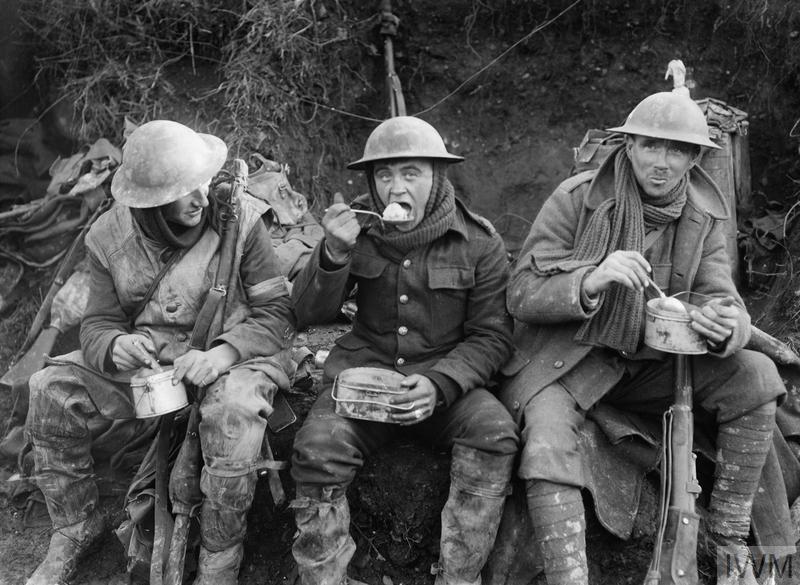
Object Details
- Category
- War artist archive
- Related period
- First World War (production)
- Creator
- Ministry of Information; Imperial War Museum
- Dimensions
whole: 161pp
- Catalogue number
- ART/WA1/101
- Part of
- First World War Art Archive
Object associations
-
Associated people and organisations
-
Associated events
-
Associated subjects
Our collections information
We have over a million object records online, and we are adding to this all the time. Our records are never finished. Sometimes we discover new information that changes what we know about an object, such as who made it or used it. Sometimes we change how an object is interpreted. We sometimes make mistakes in our spelling, transcription or categorisation, or miss information out of our records.
Read more about our collections and the information we hold. Developing our collections information
If you have concerns about the language in this record, or you have information to improve it, please share your feedback.


